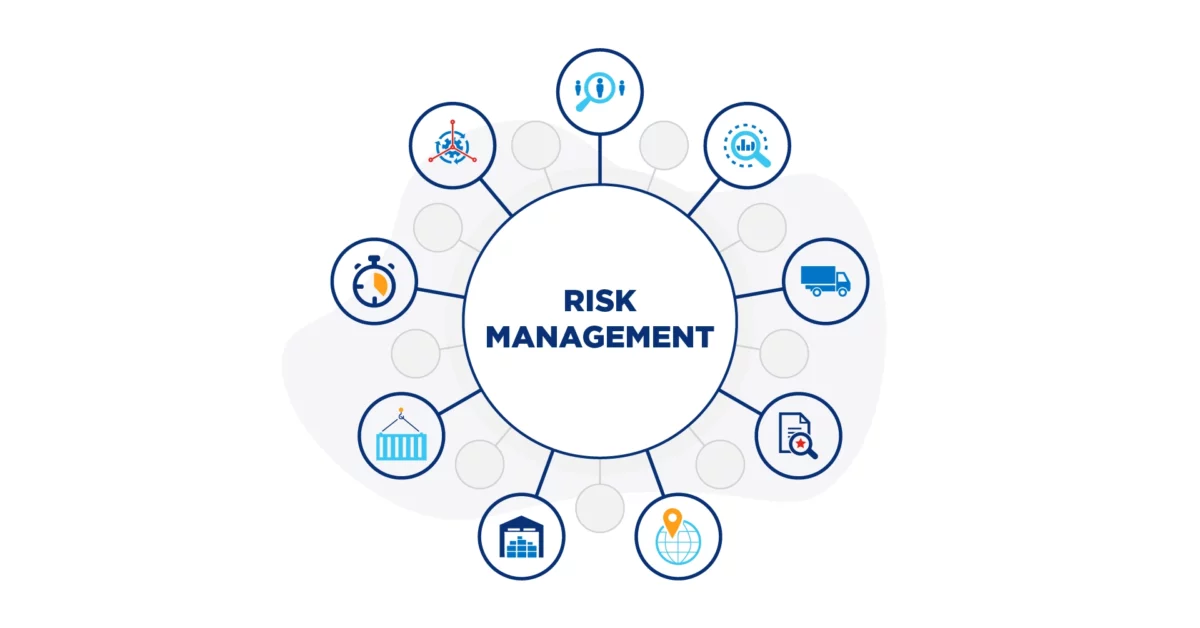
As the digital world continues to evolve, business landscapes are being reshaped by new and emerging technologies. Secure Access Service Edge (SASE) is one such technology that is garnering attention for its transformative potential.
But what impact does SASE have on businesses? For IT managers keen on simplifying complex network technologies and improving network security and performance, this is a key question. Let’s break it down into four core areas: Efficiency, Cost, Scalability, and Securing Remote Work.
Efficiency and SASE
One of the significant impacts of SASE on businesses is improved operational efficiency. Traditional networking and security solutions often operate in silos, resulting in disjointed, inefficient systems. With its integrated approach, SASE brings together networking and security services into a single platform, streamlining operations.
By eliminating the need for multiple standalone solutions, IT teams can work more efficiently, managing and monitoring network security from a unified platform. This also means quicker response times during security incidents and improved performance across the network.
Cost Benefits of SASE
Financial considerations are crucial in any business decision, and adopting SASE is no exception. But the good news is that SASE can offer considerable cost benefits.
With its cloud-native framework, SASE significantly reduces the need for on-premise hardware, thus decreasing capital expenditure. Furthermore, the single-platform approach means fewer vendors, simplifying vendor management and potentially reducing costs.
Additionally, the streamlined operations and improved efficiency can lead to cost savings in the form of time and resources. By reducing the burden on IT teams, businesses can reallocate resources to other vital areas, thereby increasing the overall productivity and profitability.
Scalability with SASE
In today’s dynamic business environment, scalability is essential. With the rapid shifts in the market, businesses need solutions that can scale up or down swiftly and effortlessly.
SASE provides this scalability. As a cloud-based service, it can easily accommodate changes in network size and traffic volume. Whether your business is expanding rapidly, embracing IoT, or just experiencing a temporary spike in network usage, SASE can adapt to your needs, ensuring consistent network performance and security.
Securing Remote Work with SASE
The recent surge in remote work has posed unique challenges for network security. Traditional network security solutions are often ill-equipped to handle these challenges, as they are primarily designed to protect on-premise resources.
SASE, on the other hand, is built for the modern, distributed workforce. Its cloud-centric approach allows for secure access to network resources, regardless of the user’s location. Coupled with its integrated security services, such as secure web gateways, firewall-as-a-service, and zero-trust network access, SASE offers robust protection for remote workers.
In summary, the adoption of SASE can lead to significant impacts on businesses in terms of efficiency, cost, scalability, and securing remote work. It offers a way to navigate the complexities of modern network security while delivering substantial business benefits.
For IT managers looking to simplify their digital environment and boost network performance, understanding SASE and its impacts is a good starting point. It’s more than just a technology—it’s a strategic approach to navigating the complexities of today’s digital landscape. Are you ready to embark on your SASE journey?


